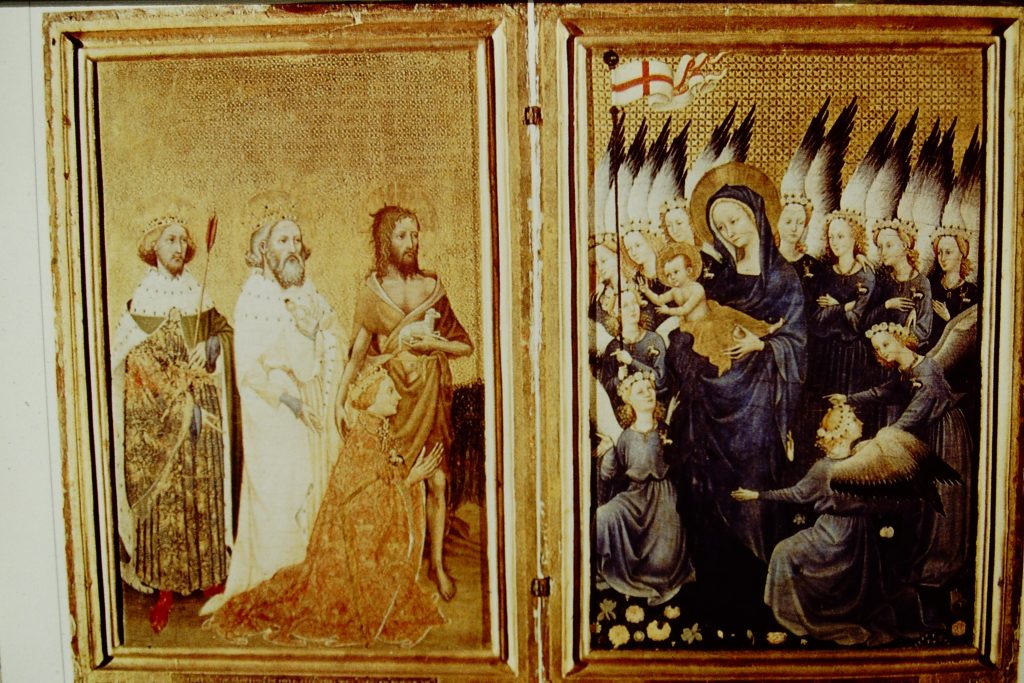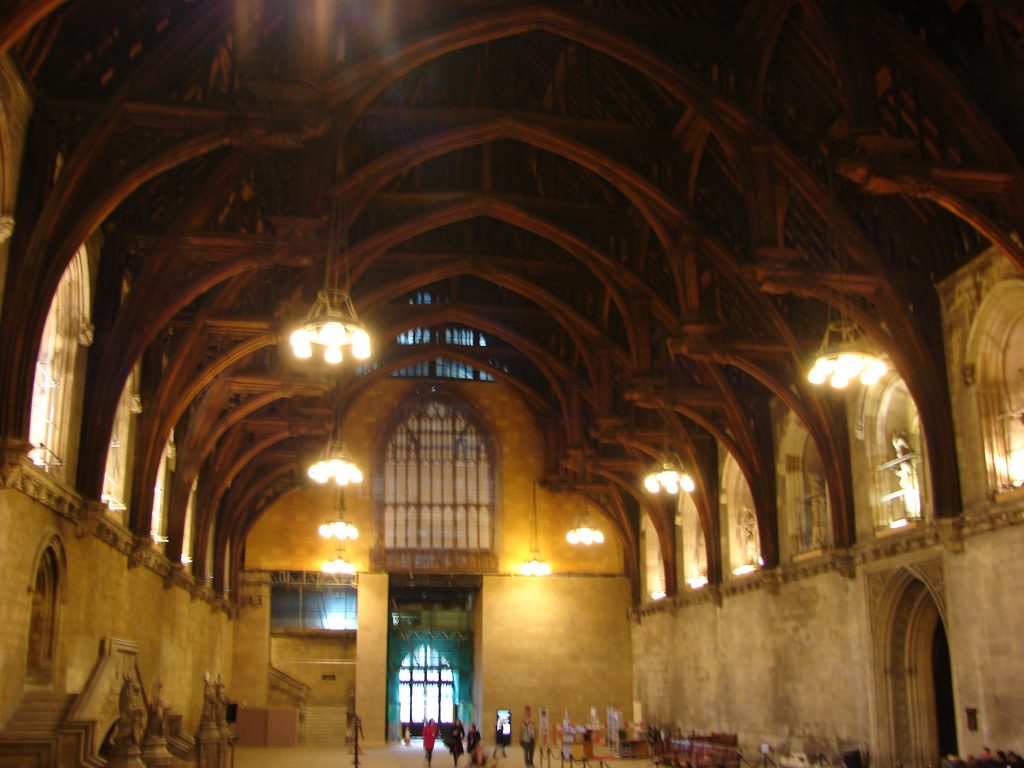 Greetings! Please join me today as we continue to examine topics which arise in King Richard’s Sword, the sixth book in my Lady Apollonia West Country Mysteries. This post will focus upon King Richard II of England whose reign of two decades ended during the time in which King Richard’s Sword is set.
Greetings! Please join me today as we continue to examine topics which arise in King Richard’s Sword, the sixth book in my Lady Apollonia West Country Mysteries. This post will focus upon King Richard II of England whose reign of two decades ended during the time in which King Richard’s Sword is set.
King Richard II is probably least known of the three Richards who have ruled England, even though his reign was about a decade longer than that of Kings Richard I and III combined. Many of us were taught that King Richard I, known as King Richard the Lionheart, was famous as a Crusader. Yet, he spent little of his almost ten years as king in England itself. Similarly, we often learned of King Richard III through Shakespeare’s play about him. This drama is a view of Richard III’s short reign from 1483-1485 which is greatly biased toward the viewpoint of the Tudors who overthrew him.
Few of us as Americans learned much in school about England’s King Richard II who came to the throne at the age of 10 on June 22, 1377, and he gave it up on September 29, 1399. He was ruling England by 1380, the year when I set my second book, Plague of a Green Man. The end of his reign in 1399 occurred during the time when King Richard’s Sword was set. His portrait from the mid-1390’s is shown on the upper left, one of the first portraits of an English monarch that was done in the monarch’s lifetime.
Richard was the last hereditary ruler of England who traced his lineage back to William the Conqueror. His father, the so-called Black Prince, died in 1376, the year before the death of his grandfather, King Edward III. Richard, next in line, was always determined to be a great king, but physically unable to be a great knight like his father. No official regent was named when he became king at age ten; instead regency councils, heavily influenced by his uncles including the wealthy John of Gaunt, guided the country.
When, in 1381 at age 14, Richard faced his first great crisis, the Peasants’ Revolt, he played a critical role in suppressing that uprising. That revolt was primarily to the south and east of London, and as it moved into London itself, Richard began to assert his independence in dealing personally with the crisis.
Richard II was less inclined to militarism than his father or grandfather and instead created a more refined atmosphere in court. In the Wilton Diptych, shown above and painted in his lifetime, we see Richard, kneeling on the left, with several saints: John the Baptist, Edward the Confessor, and Edmund the Martyr. The latter two were patron saints of England before the 15th century when St. George assumed that role. The left panel of the diptych faces the Virgin Mother and infant Jesus on the right panel surrounded by a group of angels.
In early 1382, Richard II married Anne of Bohemia who was the daughter of the Holy Roman Emperor. This marriage was important for diplomatic reasons but was childless. It turned into a marriage of love, however, and Richard became quite dependent on Anne. When she died from the plague in 1394, he was devasted.
Richard II’s early military ventures came to naught, yet he did seek to end the Hundred Years’ War in France. However, as king, he depended on a small number of courtiers and a private retinue for protection. This was not popular with much of the nobility. Richard’s relationship with John of Gaunt was helpful but deteriorated when Gaunt departed England in 1386 to pursue a claim as King of Castile. For these and other reasons, a crisis developed in 1387 when a group of aristocrats known as the Lords Appellant seized control of the government for two years. By 1389, Richard was 22 years old and regained control, in part due to mistakes made by the Lords Appellant.
He ruled the next eight years working with the Appellants and others. John of Gaunt, returned to England and was supportive. His uncle’s rebuilding of Kenilworth Castle may have inspired Richard to rebuild Westminster Hall into its present form. Westminster Hall is the oldest part of the present British Parliament Building. A picture of its vast, open interior without support columns is shown below. In 1394-1395, Richard intervened successfully in Ireland to bring troublesome Irish into line.
Still, this generally peaceful period was not without its problems. Betrothal for a second marriage was arranged for Richard, this time with six-year-old Isabella, daughter of King Charles VI of France. Meanwhile, Richard was secretly waiting for an opportunity to take revenge on the Lords Appellant, and he did just that in 1377 by arranging for Parliament to revoke their pardons of eight years earlier. The king developed his personal bodyguard of archers in Chester, and as he became pressed financially, he seized the sizable inheritance of John of Gaunt’s son, Henry Bolingbrook, Duke of Hereford, who was in exile after his father’s death. Exhibiting a false sense of security and self-confidence, Richard grew more unpopular even though by 1399 he was requiring loyalty oaths from many people.
In 1399, the king embarked on another expedition to Ireland, but this time, rebellion began in England, led by Henry Bolingbrook, returned from exile, and seeking to regain his inheritance. As support mounted against the king in England, Richard returned to Wales from Ireland. Bolingbrook’s strong forces moved westward into Wales where Richard and his weak forces were intercepted. At Flint, Richard resigned his throne on September 29, 1399, leading to Bolingbrook becoming King Henry IV. Richard was held, eventually in Pontefract Castle where he died around February 1400, probably from starvation.
Please join us next time when I will deal with several other interesting medieval topics from King Richard’s Sword.

